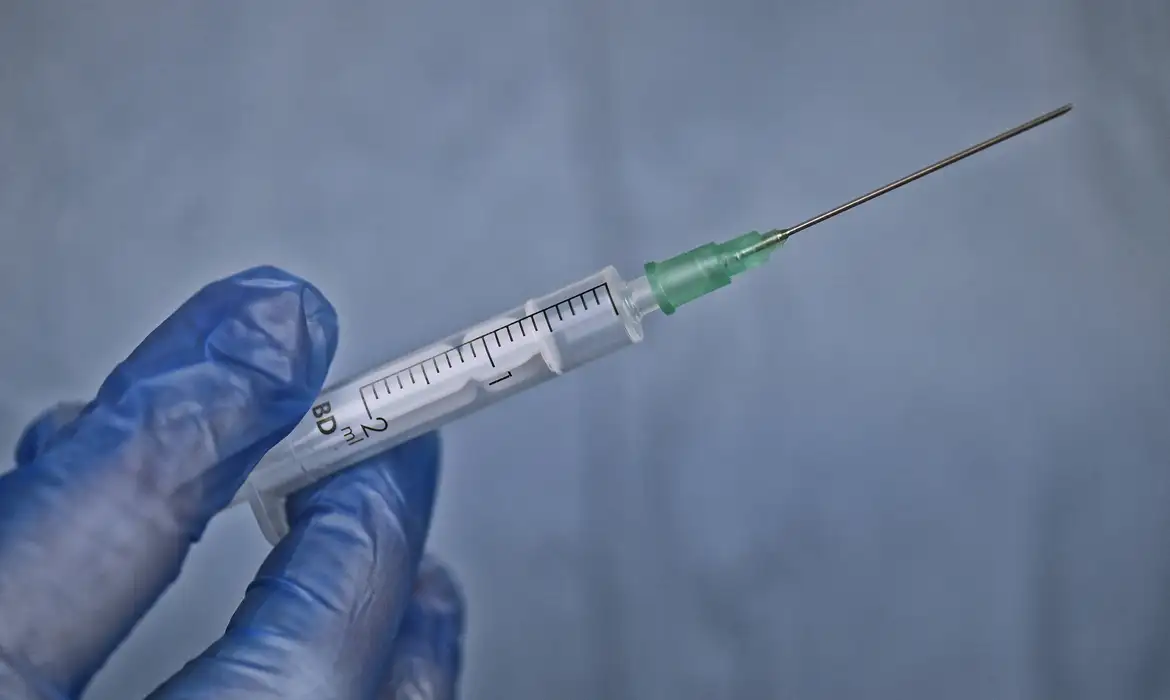The landscape of vaccine policy in the United States is undergoing significant transformation as federal health strategies shift under the leadership of Health Secretary Robert F. Kennedy Jr. As the nation faces ongoing public health challenges, state-level public health officials are advocating for increased autonomy to make decisions that best serve their communities. This article delves into the implications of recent federal policy changes on vaccine access, the movement toward state-level authority, and the potential impact on public health outcomes.

As the federal government re-evaluates its role in public health, particularly in vaccine distribution and recommendations, states are stepping up to fill the void. With varying levels of public trust in federal health policies, many lawmakers believe that empowering state-level public health officials could lead to more tailored and effective vaccination strategies. This shift is not only crucial for addressing immediate public health needs but also for ensuring equitable vaccine access across diverse populations.
Understanding Federal Vaccine Policy Changes
Under the direction of Robert F. Kennedy Jr., the federal government has initiated a series of changes to vaccine policies that have prompted discussions about the efficacy and relevance of federal recommendations. These changes come amid a backdrop of increasing skepticism toward federal health authorities, particularly as misinformation about vaccines proliferates.
The Current State of Federal Vaccine Policy
Federal vaccine policy is primarily guided by recommendations from the Centers for Disease Control and Prevention (CDC) and the Food and Drug Administration (FDA). However, recent shifts have raised questions about the consistency and reliability of these recommendations. Under Kennedy’s leadership, there have been calls for a reassessment of vaccine safety protocols, leading to increased scrutiny of established vaccination schedules.
Implications of Policy Shifts
The implications of these policy changes are profound. States are now grappling with how to respond to federal guidelines that may not align with local health needs. This has resulted in a growing sentiment among state lawmakers that public health decisions should be made closer to the communities they affect.
The Case for State-Level Authority
As the federal government reassesses its role, many states are advocating for enhanced decision-making powers for public health officials. This movement toward state-level authority is driven by the belief that local officials are better equipped to understand and address the unique health challenges faced by their populations.
Benefits of State-Level Decision Making
- Responsive to Local Needs: State public health officials can tailor vaccination strategies based on the specific demographics and health concerns of their communities.
- Building Trust: Local health officials may have more credibility with residents, fostering trust and encouraging vaccine uptake.
- Flexibility in Implementation: States can adapt their vaccination campaigns swiftly in response to emerging health threats or community feedback.
- Enhancing Access: By bypassing federal constraints, states can explore innovative approaches to improve vaccine access, particularly in underserved areas.
Challenges in Strengthening Vaccine Access
While empowering state-level public health officials presents numerous benefits, it also comes with challenges. The disparity in resources, expertise, and infrastructure among states can lead to unequal vaccine access and health outcomes.
Resource Disparities
Not all states have the same level of resources to implement effective vaccination programs. Wealthier states may have more funding for public health initiatives, while others may struggle with staffing shortages and limited outreach capabilities. This inconsistency can exacerbate existing health disparities, particularly in low-income or rural areas.
Public Perceptions and Misinformation
Another significant challenge is the prevalence of misinformation surrounding vaccines. As states gain autonomy, they must also navigate the complex landscape of public perception. Combatting misinformation and building public trust in vaccines will be crucial for successful implementation of state-led initiatives.
Successful State-Level Initiatives
Despite the challenges, several states have demonstrated effective strategies for enhancing vaccine access. These initiatives can serve as models for others aiming to bolster their public health response.
Example 1: Community Engagement Programs
States like California have implemented community engagement programs that involve local leaders and organizations in vaccine outreach efforts. By leveraging trusted community figures, these programs have successfully increased vaccination rates in diverse populations.
Example 2: Mobile Vaccination Units
States such as Texas have deployed mobile vaccination units to reach underserved areas. These units provide convenient access to vaccinations, particularly for individuals who may face barriers such as transportation challenges or limited availability of healthcare services.
FAQs About Vaccine Access and State-Level Authority
1. What are the main reasons for the recent changes in federal vaccine policy?
The changes in federal vaccine policy are largely driven by a reassessment of vaccine safety protocols and a response to growing skepticism toward federal health authorities.
2. How can state-level public health officials improve vaccine access?
By tailoring vaccination strategies to local needs, building community trust, and implementing flexible access solutions, state-level officials can significantly enhance vaccine distribution and uptake.
3. What challenges do states face when taking charge of vaccine access?
States may encounter resource disparities, public misinformation, and varying levels of expertise that can impact their ability to effectively manage vaccination programs.
4. Are there examples of states successfully enhancing vaccine access?
Yes, states like California and Texas have implemented innovative programs, such as community engagement initiatives and mobile vaccination units, to improve vaccine access in underserved areas.
5. How do federal and state vaccine policies interact?
While federal policies set general guidelines and recommendations, states have the authority to adapt these guidelines based on local health needs and conditions, leading to potential variations in vaccine access across the country.
Conclusion
As federal vaccine policy undergoes significant changes under Robert F. Kennedy Jr., the movement toward strengthening state-level authority presents a unique opportunity to enhance vaccine access across the United States. By empowering local public health officials, states can address the specific health challenges of their communities, fostering trust and improving health outcomes. However, this transition also comes with challenges, including resource disparities and the need to combat misinformation. Ultimately, a balanced approach that encourages collaboration between federal and state authorities will be essential in ensuring equitable vaccine access for all Americans.
📰 Original Source
Este artigo foi baseado em informações de: https://www.wired.com/story/states-are-moving-to-protect-access-to-vaccines/



